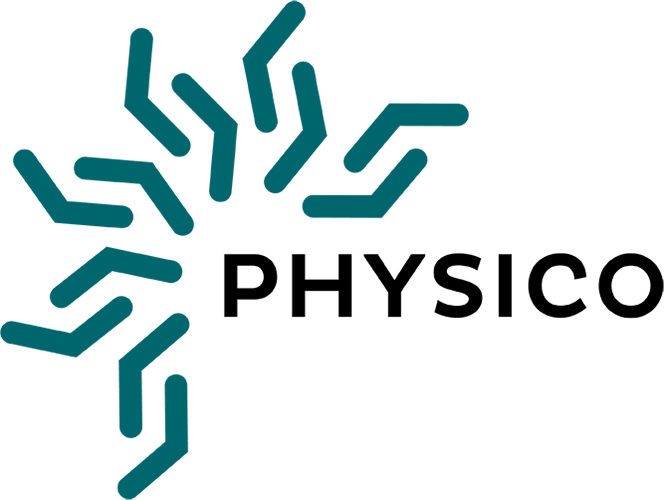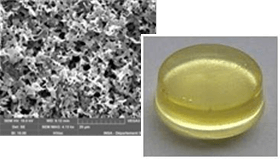 PHYSICO
PHYSICO
Physical chemistry of polymers
The field of investigation of the PHYSICO division is the understanding and control of interactions at the interfaces, from the molecular scale to the macroscopic scale. An understanding of the basic mechanisms involved in these interfaces is also sought in order to better control them.
The main interactions examined relate to those developed:
Between colloids of identical or different types
Particles vs liposomes, organic vs inorganic
in a natural or synthetic polymer solution
Polyelectrolytes, poly(ionic fluid), self-associative polymers, supramolecular polymers, phase-changing polymers T°-, pH-, FI-, photo-sensitive polymers
Between polymers
In melted or solid media, whether or not surface agents are present
Between a polymer solution(s) and a flat, particulate, or fibrillar organic or inorganic substrate:
Metal, silicon wafers, nanocharges, silica or polymer particles, carbon fibres, glass or polymer
Based on these studies, the division designs and develops (nano)polymer materials structured on the surface and/or in a volume with (multi)targeted functionalities for fundamental or application purposes, such as:

 Nano-organised colloidal suspensions: Designed by the functionalisation of emulsions, capsules, particles, complex coacervats, liposomes, and nano- and micro-gels
Nano-organised colloidal suspensions: Designed by the functionalisation of emulsions, capsules, particles, complex coacervats, liposomes, and nano- and micro-gels
-
 Films/polymer coatings, generated via: Functional pathways such as “grafting from/onto”, processes such as “dip-spray”, “spin-coating” or approaches to the preparation of LbL or Langmuir-Blodgett multilayer films Texturing / (nano)surface structuring strategies by photo-polymerization, solvent, CO2sc, introduction of fillers, or self-assembly of polymers are also developed.
Films/polymer coatings, generated via: Functional pathways such as “grafting from/onto”, processes such as “dip-spray”, “spin-coating” or approaches to the preparation of LbL or Langmuir-Blodgett multilayer films Texturing / (nano)surface structuring strategies by photo-polymerization, solvent, CO2sc, introduction of fillers, or self-assembly of polymers are also developed.
-
 Multi-component/multi-phase systems, which result from the interactions control: – In a melted medium (mixture of polymers) – In a solvent (ionogel, hydrogel, organogel) – In a solid state (modified loads and fibres, O/I hybrids, self-assembly of copolymers)
Multi-component/multi-phase systems, which result from the interactions control: – In a melted medium (mixture of polymers) – In a solvent (ionogel, hydrogel, organogel) – In a solid state (modified loads and fibres, O/I hybrids, self-assembly of copolymers)
Headed by: A. CHARLOT / C. JEGAT / C. LADAVIERE